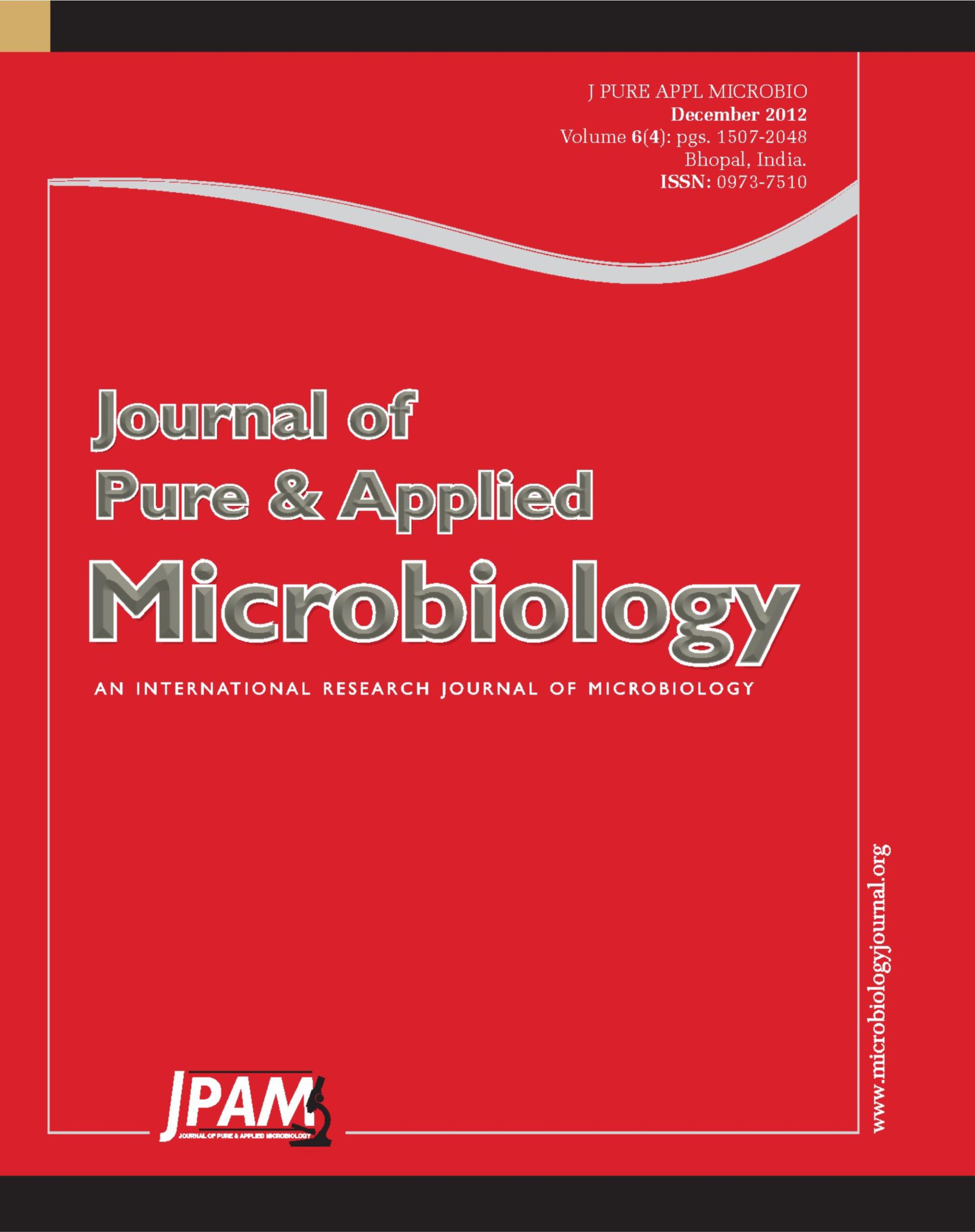In the present study, an isolate of Xanthomonas axonopodis pv. punicae (Xap) from oily spot infested pomegranate orchard of Nashik was subjected to characterization by microbial, biochemical as well as plasmid profiling methods. Microbial studies confirmed that, it is Gram-negative and rod-shaped bacteria with smooth, slightly raised, round, pale yellow coloured colonies. On biochemical analysis the bacterium was positive for Potassium Hydroxide (KOH) strings (Gram-negative), catalase (aerobe), weakly positive in oxidase test (non enteric Gram-negative), liquefied gelatin, hydrolyzed starch and casein. However it was unable reduce nitrate or to produce hydrogen sulphide and indole. Observations of typical characters for genus Xanthomonas includes: inability to utilize Asparagine as a carbon and nitrogen source and inhibition on 0.1% triphenyltetrazolium chloride (TTZ) were also recorded. This Xanthomonas isolate was further used for pathogenicity test to confirm virulence, and re-isolated to confirm Koch’s postulate. Plasmid profiling was carried out to confirm the presence of megaplasmids typical of Xanthomonas. Restriction digestion of these plasmids with two restriction enzymes, viz. Hind III and Sac I revealed its size 93.64 kb and 96.18 kb, respectively.
Pomegranate, Bacterial blight, Xanthomonas axonopodis pv. punicae, Microbial characterization, Biochemical characterization, Plasmid profiling
© The Author(s) 2012. Open Access. This article is distributed under the terms of the Creative Commons Attribution 4.0 International License which permits unrestricted use, sharing, distribution, and reproduction in any medium, provided you give appropriate credit to the original author(s) and the source, provide a link to the Creative Commons license, and indicate if changes were made.


